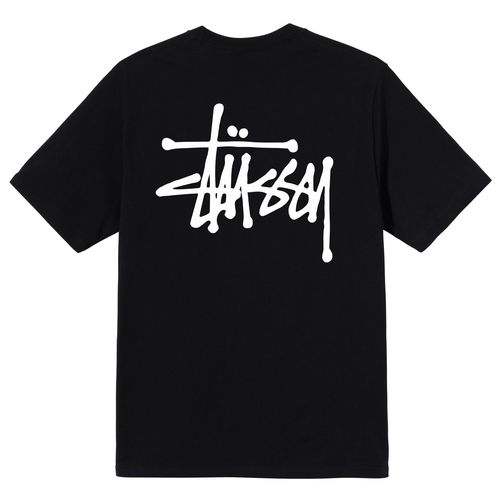Identifying whether baby clothing fabrics are environmentally friendly is crucial to protecting your baby’s health and safety. The following will introduce some common indicators and standards to help you judge the environmental protection of baby clothing fabrics.
First of all, you can pay attention to the OEKO-TEX standard. OEKO-TEX is an international certification system designed to detect and limit the use of chemical substances in textile products to ensure that textiles are harmless to humans. When you see the OEKO-TEX label attached to clothing, you can assume that the fabric meets environmental standards. Different categories may appear on the label, such as “STANDARD 100” or “MADE IN GREEN”. The former says the fabric has passed rigorous testing for chemical substances, while the latter also includes a review of eco-friendly production processes.
Secondly, natural raw materials are also one of the important indicators to judge the environmental protection of baby clothes. Natural fibers such as organic cotton, hemp, bamboo fiber, etc. are often considered to be environmentally friendly choices. Organic cotton is one of the more common natural fibers. It is grown without the use of pesticides and chemical fertilizers and is gentle to your baby’s skin. Hemp and bamboo fibers also have excellent breathability and antibacterial properties, making them ideal for babies’ sensitive skin.
In addition, the dyeing and processing technology during the clothing production process will also affect the environmental protection of the fabric. Choosing fabrics with environmentally friendly dyes can reduce environmental pollution and reduce irritation to your baby’s skin. Some fabrics also undergo special treatments, such as lead-free treatment, to ensure that the fabric does not contain harmful chemicals.
In addition, you can pay attention to the sustainability and recycling capabilities of the fabric. Some fabrics may come from sustainably grown sources such as organic cotton, renewable bamboo fibers, and more. In addition, some brands will use recycled fabrics or use waste to create new fabrics to reduce resource waste and environmental burden.
When purchasing baby clothes, in addition to paying attention to the environmental protection of the fabric itself, you can also check whether there are relevant certification marks or brand introductions to understand the environmental protection of the brand philosophy and quality control measures. At the same time, choose formal channels to purchase and avoid buying counterfeit products to ensure the authenticity, safety and reliability of the products.
In short, to identify whether baby clothing fabrics are environmentally friendly, you need to pay attention to some important indicators and standards, such as OEKO-TEX certification, natural raw materials, dyeing processing technology, and sustainability and recycling capabilities, etc. By choosing fabrics that meet environmental standards, we can protect your baby’s health while being environmentally responsible and providing a safer and healthier wearing experience for your baby.





